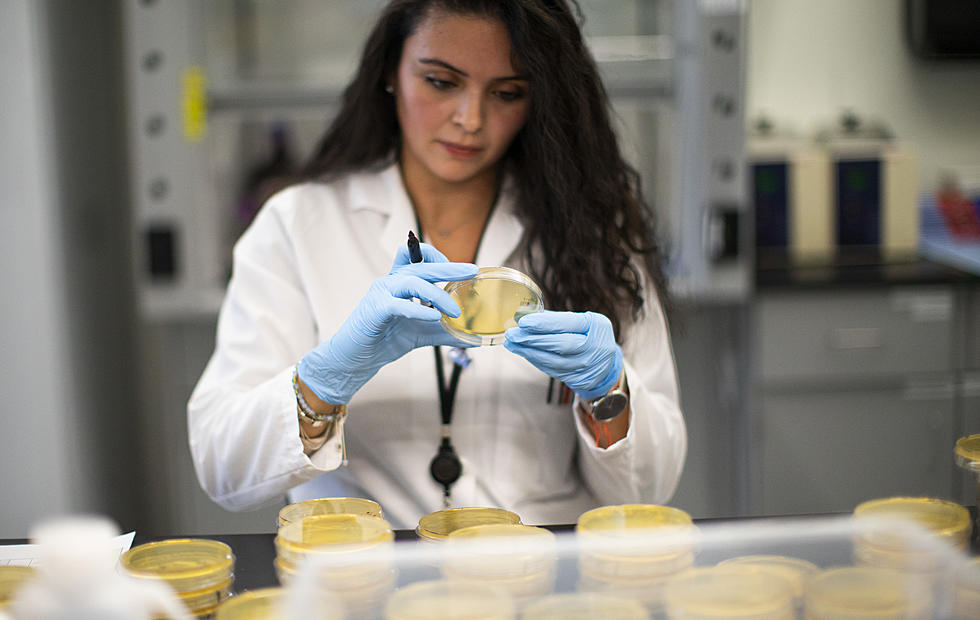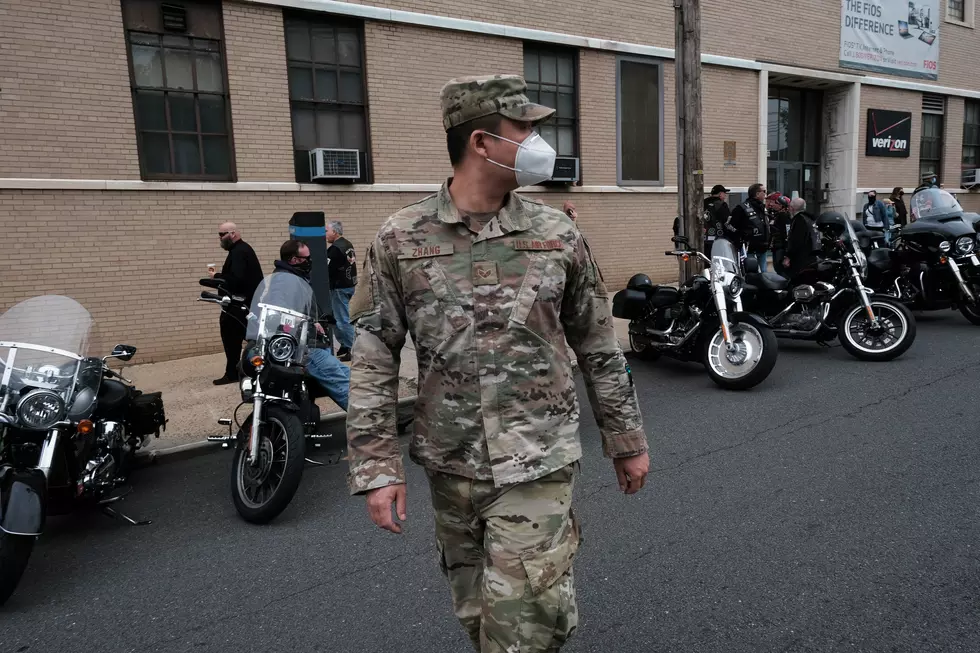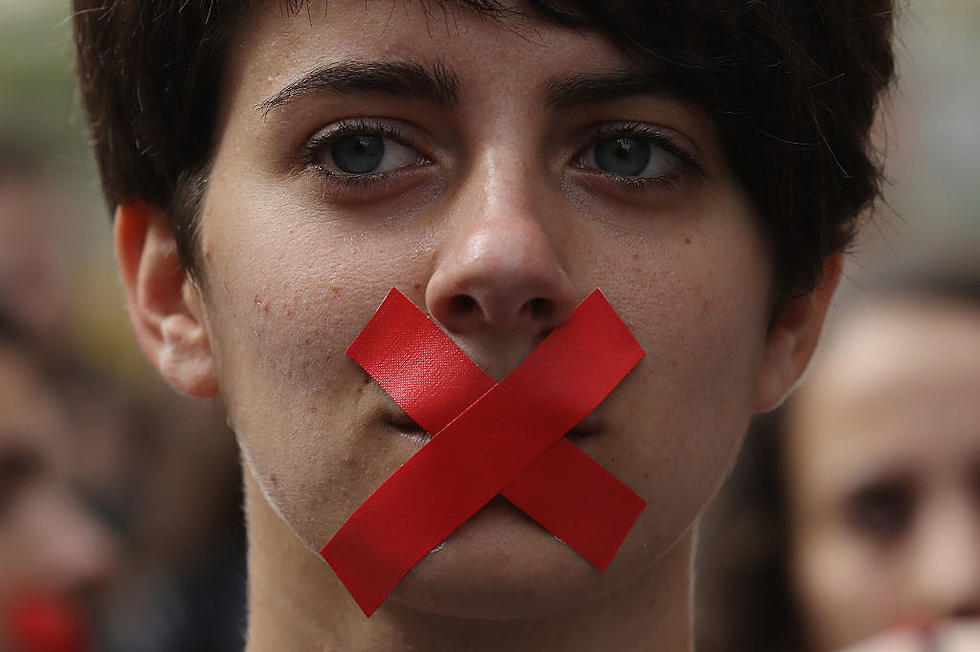
Problems With The New COVID “Aerosol Study”
By now, you've probably seen the headlines where "hundreds of doctors" are calling on the Centers for Disease Control and Prevention (CDC) and World Health Organization (WHO) to push the idea that COVID-19 is having a massive airborne spread. This idea would change the way that many are helping to protect themselves, and their community, from COVID-19.
If the virus spreads faster in an airborne form, it changes the idea of wearing any face-covering to something like an N95 masks that purifies the air you're breathing in. If the virus has a large airborne transmission ability, your cloth face-mask isn't going to help.
There's a lot of anecdotal stories that would become easier to understand if this airborne transmission theory is true. Which is likely why so many people, including doctors, want this study to be true. When you hear of people who were wearing the face-masks that doctors and public health officials told them would keep them safe, still being diagnosed, they really want an explanation. Which is probably why they're so excited about this study.
But...the study in question has some issues.
First, the study is not a peer-reviewed study, like you would see published in a medial journal. It's a study that was simply uploaded to a site called MedRxiv (pronounced Med Archive), where the founders have explicitly stated they aren't subjecting studies to peer review. Its the entire concept of MedRxiv...anyone can conduct a study, and upload their findings.
In addition to that, the study shares a lot of similarities to previous lab studies that haven't held up in real-world environments. In fact, this study conducted both aerosol and surface studies simultaneously. Those surface studies are the ones that have developed issues in the real world.
Originally, lab environment tests warned us that the virus could survive for days on common surfaces. Which is something they were able to replicate in lab studies. But when the real world environment became the landscape for a similar study, those numbers didn't hold up. In fact, after more research was done on surface transmission, the CDC revised their original stance. They now reflected that the virus wasn't able to spread as easily as originally believed through surface transmission.
But why? What could alter the outcomes so drastically?
I'm not a doctor, but it seems plausible that there's a difference between the pure, lab-created form of the virus, and the virus that exists in the public. A lab-created virus would likely be much stronger than a virus who has already transferred through hosts. In addition to that, labs are clean spaces, with no outside contamination, unlike the real world. It seems possible that the introduction of other bacteria, and other random microorganisms floating around in the real world could alter the virus' ability to survive on a surface.
The virus was created, then inserted in aerosol form using a 3-jet Collison nebulizer, which dispersed the virus into a Goldberg drum. This was their way of creating an "aerosolized environment".
But much like the original surface studies, these instruments were obviously cleaned to remove variables from the scientific method. Their results from the pure, clean, lab-induced environment suggested the virus could survive in the air for hours. In fact, their results suggest that SARS-CoV-2 would survive for 3 hours in the air.
Again, that's in a clean, and pure environment, void of any variables. Which isn't the real world. That means we should consider that "3 hour" result should be considered the MAXIMUM in a perfect environment. Meaning in the real world, it will be substantially less.
There are some other questions with the outcomes of both of these studies, including how the virus had supposedly grown in strength after hours of being placed on certain surfaces, and why there's such a drastic change in some of the results between SARS-CoV-1 and SARS-CoV-2, even though most results mirror each other.
Read More: Hilarious Street Names in Louisiana
More From KISS Country 93.7









